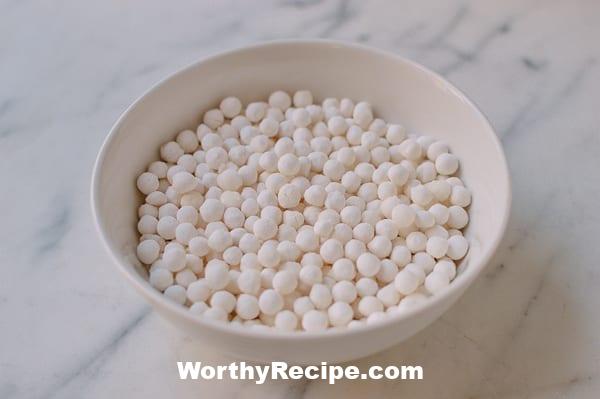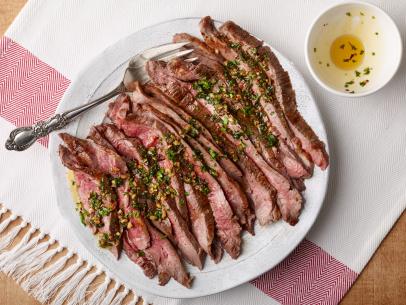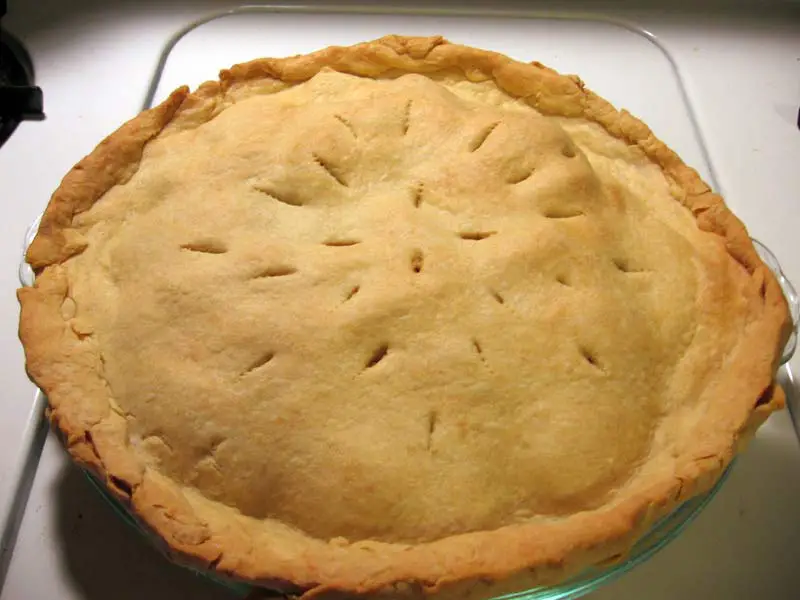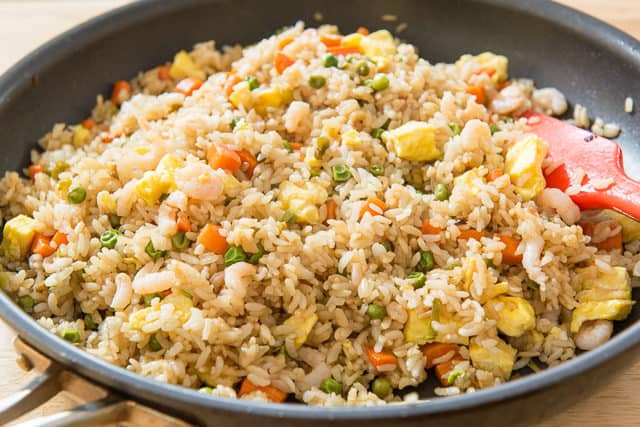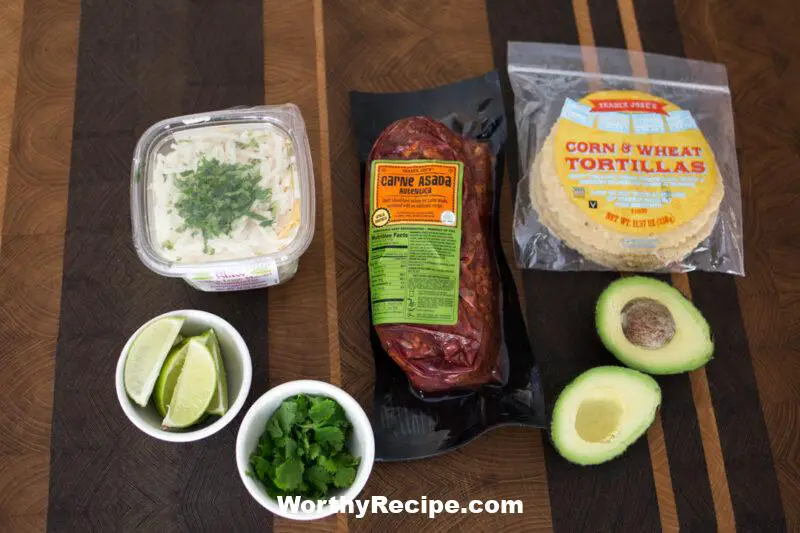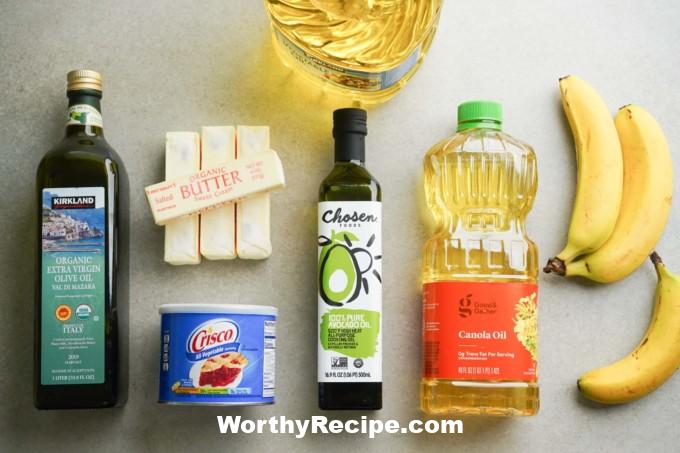How to Cook Dry Tapioca Pearls: Everything You Need to Know
Tapioca pearls are a unique ingredient in cooking that can add texture and flavor to any dish. However, many people often struggle with cooking dry tapioca pearls, leading to mushy or hard textures. Fear not, as here we will guide you through every step of the process so that you can make perfect tapioca pearls every time.
Introduction
Tapioca is a starchy substance extracted from the root of the cassava plant. Tapioca pearls are small, round balls produced by rolling tapioca starch into spheres. They are used in a wide range of dishes, from sweet desserts to savory soups and stews.
Tapioca has cultural significance in many regions worldwide. It was first cultivated by indigenous peoples in South America and later became an essential ingredient in Southeast Asian cuisine, where it is commonly used in bubble tea.
Cooking with dry tapioca pearls may seem intimidating at first, but with our step-by-step guide, you will learn everything you need to know to cook these little spheres perfectly.
What Are Tapioca Pearls?
Tapioca pearls are small round balls made of tapioca starch. They have a distinctive chewy texture that is similar to gummy candies. Tapioca pearls come in different sizes and colors and can be found in specialty food stores or online.
Here are the three most common types of tapioca pearls:
- Regular-sized: These are large tapioca pearls that expand to about twice their size when cooked.
- Miniature: These are small pearl-sized tapioca that are ideal for using in desserts such as pudding or ice cream toppings.
- Colored: These tapioca pearls are dyed with natural or synthetic food coloring to add a vibrant touch to your dishes.
The Basics of Preparing Tapioca Pearls
When preparing tapioca pearls, it is important to soak them before cooking. Soaking helps to hydrate the dry pearls and softens the starch, allowing for better cooking.
Here is how you can prepare tapioca pearls:
- Measurement: The general rule of thumb is to use one cup of water for every quarter cup of dry tapioca pearls.
- Soaking: Place the desired amount of dry tapioca pearls into a large bowl or container. Cover the pearls with water until they are fully submerged, and let them soak for at least one hour. For best results, let them soak overnight in the refrigerator.
- Cooking: After soaking, drain the tapioca pearls and rinse them thoroughly with cold water. Add fresh water to a pot or saucepan and bring it to a boil over medium-high heat. Pour in the drained tapioca pearls and stir gently until they start to float to the top. Reduce heat to low and let them simmer uncovered for approximately 10-15 minutes or until the desired texture is reached.
How to Cook Tapioca Pearls on the Stovetop
Cooking tapioca pearls on the stovetop requires attention and patience. Here is a detailed guide on how to cook dry tapioca pearls on the stovetop:
- Step 1: Measure out your desired amount of tapioca pearls.
- Step 2: Rinse and soak the pearls as described above.
- Step 3: In a medium-sized pot or saucepan, bring water to a boil over medium-high heat. The ratio of water to tapioca pearls is about 4:1.
- Step 4: Once the water is boiling, reduce the heat and add the tapioca pearls. Stir gently and occasionally to prevent the pearls from sticking to each other or the bottom of the pot.
- Step 5: Cook until the pearls become semi-transparent and soft, which typically takes about 10-15 minutes. The timing will depend on the size of your tapioca pearls.
Best Practices When Cooking with a Pot/Saucepan on a Stovetop
To ensure that your tapioca pearls cook evenly, follow these best practices:
- Pot size: Use an appropriately sized pot to accommodate the number of tapioca pearls being cooked. Overcrowding can lead to uneven cooking and clumping.
- Stirring technique: When stirring tapioca pearls, do so gently to avoid clumping while making sure they are fully submerged in water.
- Measuring liquid levels: Measure and adjust the amount of water added based on need. Too little water may cause overcooking and burnt-out-bottom, while too much can lead to more extended cooking and mushy texture.
Boiling Tapioca Pearls in an Instant Pot or Pressure Cooker
Using an instant pot is another way to cook tapioca pearls. Follow these simple steps:
- Step 1: Rinse and soak the tapioca pearls.
- Step 2: Add the soaked tapioca pearls to the water and stir gently.
- Step 3: Close the lid on the instant pot or pressure cooker, making sure it is properly sealed.
- Step 4: Set the instant pot to manual, and adjust the cooking time to 5-7 minutes for smaller tapioca pearls or up to 20 minutes for larger ones.
- Step 5: Once cooked, release the pressure by carefully opening the valve. Strain and rinse pearls with cold water before using them in your recipe.
Risks and Common Mistakes Inexperienced Instant Pot Users Make
When attempting to cook tapioca pearls in an Instant Pot, it is essential to follow specific guidelines. Here are some common mistakes inexperienced users make:
- Overcooking: Setting a longer than needed cooking time may lead to either mushy or hard texture tapioca pearls.
- Inadequate amount of water: Not adding enough water can result in burnt bottom and undercooked or hard Tapioca Pearls.
Making Flavored Tapioca Pearls
Tapioca pearls have a mild taste that makes them perfect for serving with sweeteners such as honey, agave, or syrup. You can also add flavors and colors before cooking the tapioca pearls.
- Flavored sweeteners: Add your favorite flavored sweeteners like fruit jam or molasses to add more taste to your tapioca dishes.
- Fruit essence or powdered fruit: Add fruit extract, essence, or powdered fruit to your pearls to give them a fruity taste.
- Use of food coloring: Add natural or synthetic food coloring agent to your tapioca dough to give them a vibrant look.
Storing and Serving Tapioca Pearls
When storing tapioca pearls, it is vital to know how to maintain their texture and freshness. Here’s what you need to consider:
- Storage times: Cooked Tapioca pearls are edible up to a maximum of four hours, refrigerated cooked pearl last between four and eight hours or stored in an airtight container with syrup over them.
- Serving methods: For serving tapioca pearls, the balls are commonly used as toppings for drinks such as bubble tea, smoothies, and coffee. Tapioca pearls can also be served plain as a dessert or enjoyed in a soup or stew.
- Pairing with drinks: Tapioca Pearls are dyed with natural or synthetic Coloring agents that make them more visually appealing with a unique texture in different drinks. Tea, Coffee and Smoothies are the top-recommended pairings for tapioca pearls.
- Presenting and garnishing: To make your tapioca pearl dish more visually appealing, garnish it with whipped cream, nuts, chocolate syrup, or fruity toppings. A colorful plastic spoon can be added for stirring and scooping the pearls.
Frequently Asked Questions About Tapioca Pearls
Here are some common questions asked about cooking with tapioca:
- Q: Why do some tapioca pearls become mushy or too hard?
A: Overcooking and using too little or too much water can lead to the pearls becoming mushy, hard, or clumping. - Q: Should you rinse tapioca pearls after cooking them?
A: Yes, always rinse your tapioca pearls with cold water after cooking to stop the cooking process and remove any excess starch before use. - Q: Can uncooked tapioca pearls be refrigerated?
A: Yes, you can store uncooked tapioca pearls in an airtight container in the refrigerator for up to six months.
Troubleshooting Common Issues in Cooking Tapioca Pearls
Here are common issues and how to troubleshoot them:
- Pearls Too Soft: This issue may arise due to overcooking of the pearls. To prevent this, adjust the boiling time depending on the size of your pearls.
- Pearls Won’t Cook Through: This problem may occur when the pearls were not soaked enough before cooking. Ensure that you soak the pearls overnight in the fridge for better results.
- Sticky or Clumpy Pearls: When you fail to stir continually while boiling your pearls, they are likely to become clumpy. Stir gently but thoroughly while enjoying a moderate temperature for perfectly cooked pearl-like texture that would be ideal.
Final Thoughts
Tapioca is a versatile ingredient that can add texture and flavor to many dishes, from delicious desserts to savory stews. Understanding how to cook dry tapioca pearls is essential for successful cooking with this ingredient. With our guide, we hope to have provided you with all the tips and tricks you need to create delicious tapioca dishes in your own home. Happy Cooking! ### How long do I need to soak tapioca pearls before cooking them?
The soaking time for tapioca pearls usually varies depending on their size. For example, smaller pearls may only require about 30 minutes of soaking, while larger ones may need up to two hours. However, it’s best to follow the package instructions carefully to determine the correct soaking time.
### Can I cook tapioca pearls in a rice cooker?
Yes, you can cook tapioca pearls in a rice cooker using the same method used to cook rice. Simply add the desired amount of water and pearls into the cooker and let it cook until it’s done. Keep in mind that the cooking time may vary depending on the size of your tapioca pearls.
### How do I know when my tapioca pearls are cooked?
Tapioca pearls will turn translucent white when they’re fully cooked. You can perform a taste test by removing a pearl from the pot and biting on it. If it’s soft and chewy all the way through, then your pearls are ready. Be careful not to overcook them though, as they can become mushy if left in boiling water for too long.
### Can I store leftover cooked tapioca pearls?
Yes, you can store leftover cooked tapioca pearls in an airtight container in the fridge for up to three days. Before storing them, make sure they’re completely cooled down and excess water is drained off. When ready to use them, simply reheat them in a pot of hot water or microwave until warm.
